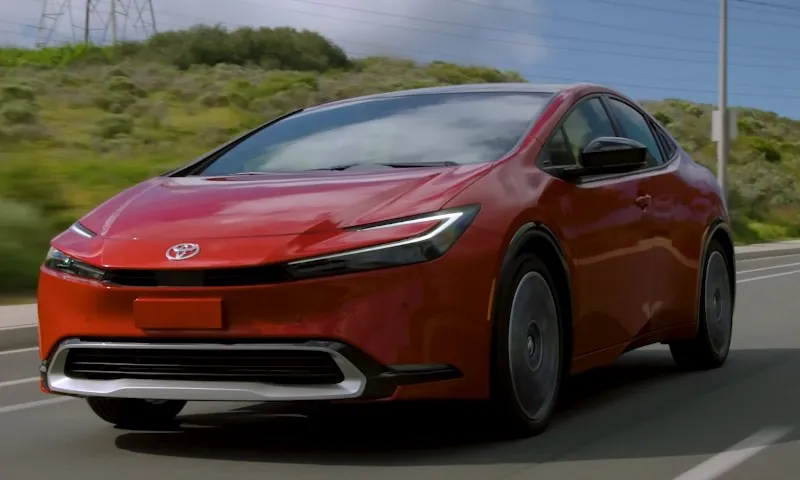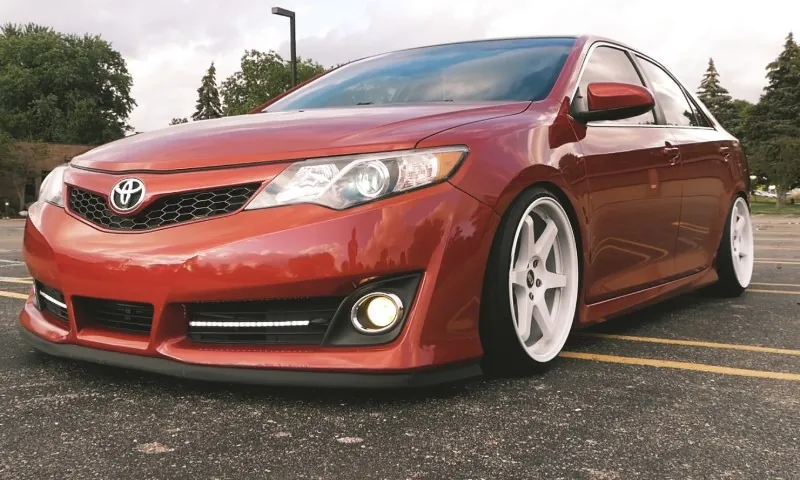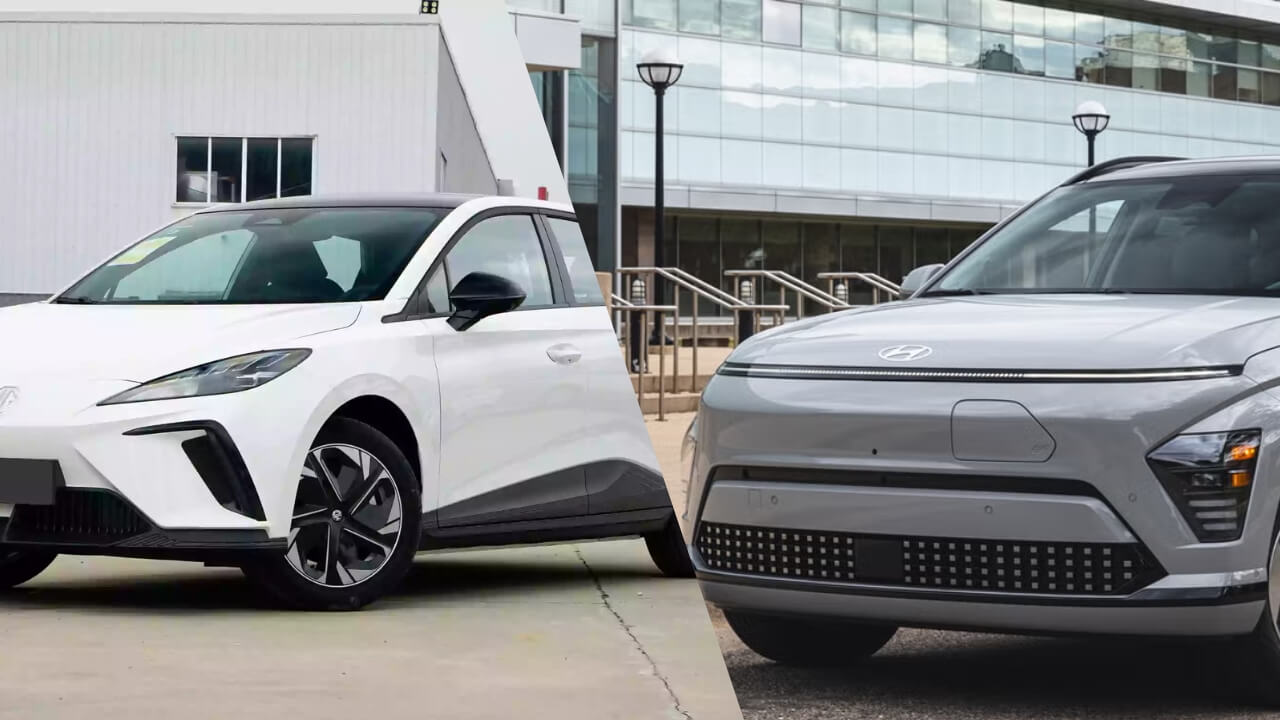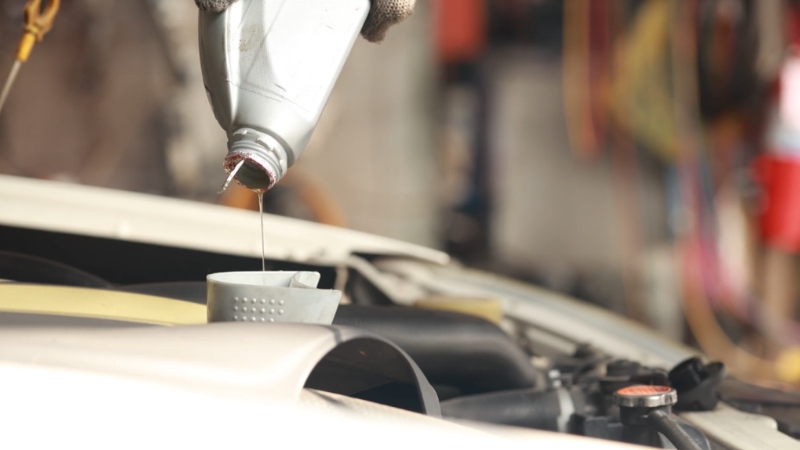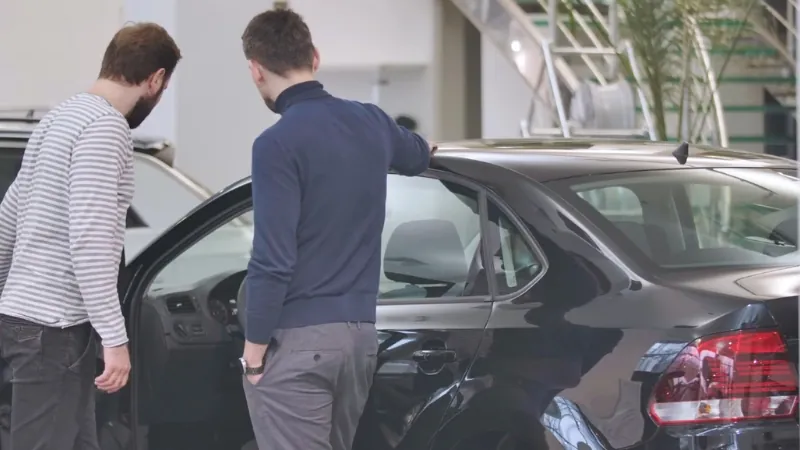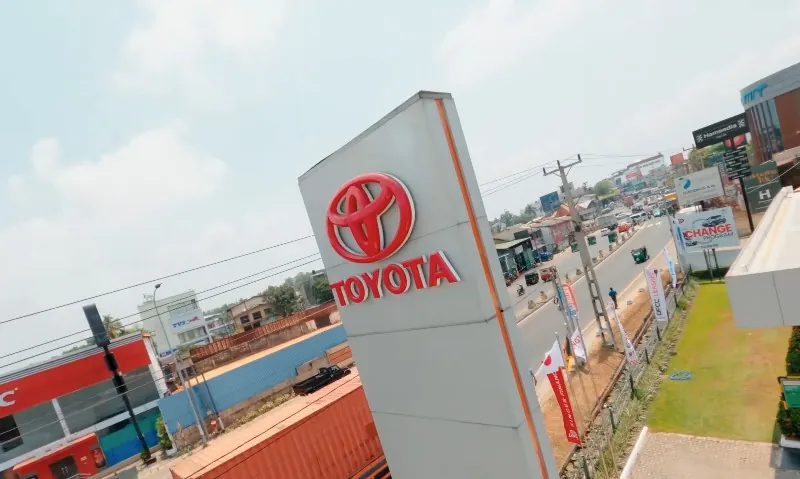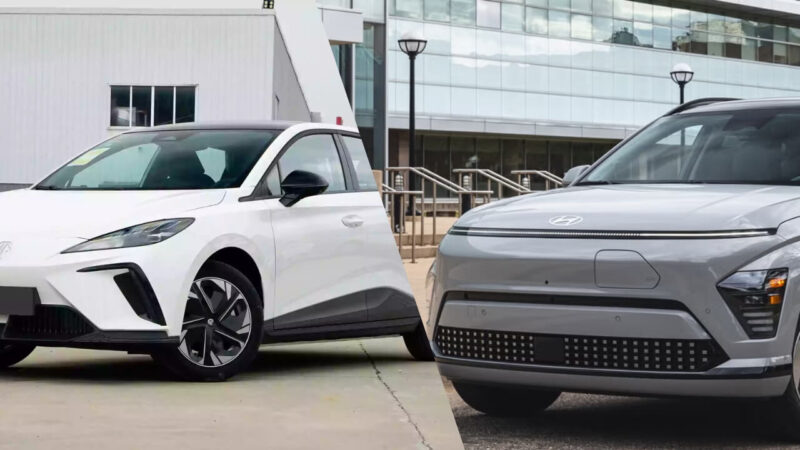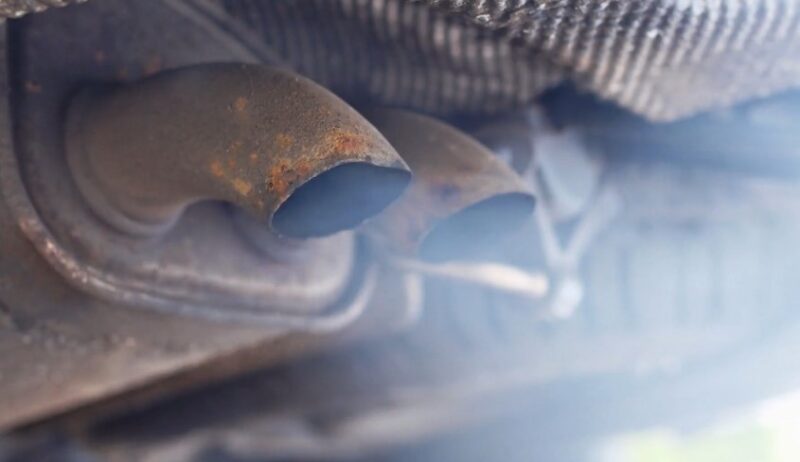
Share Post:
Vehicle emissions checks aren’t just a box to tick before renewing registration. They’re one of the most direct ways governments try to keep the air breathable and the planet from overheating.
It doesn’t matter if it’s nitrogen oxides, carbon monoxide, particulate matter, or plain old carbon dioxide, cars pump out a lot of stuff we don’t want lingering in the air.
That’s why emissions checks exist. But depending on where you are, say, Los Angeles, London, or Lyon, the rules, testing methods, and enforcement strategies can be wildly different.
Let’s walk through how the US, UK, and Europe handle emissions checks, from the laws behind them to what happens when a car flunks the test.
Table of Contents
ToggleQuick Comparison Table
| Region | Regulatory Body | Emissions Standards | Testing Procedure | Inspection Frequency | Enforcement |
|---|---|---|---|---|---|
| United States | EPA, State Agencies | EPA Tier 2/3, CA LEV | FTP, SFTP | Varies by state | Fines, OBD, registration denial in some states |
| United Kingdom | VCA, DVSA | Euro 6 (until Euro 7) | WLTP, RDE | Annual MOT (>3 years old) | MOT failure = no driving, ULEZ fines |
| Europe | EU, National Agencies | Euro 6 (Euro 7 in 2026) | WLTP, RDE | Biennial PTI (typical) | LEZ restrictions, fines, vehicle bans |
The Regulatory Foundations
United States
The Environmental Protection Agency (EPA) sets the national rules under the Clean Air Act. First passed in 1970, the Act laid the groundwork for regulating vehicle emissions across the country.
It’s been updated a couple of times, most significantly in 1990, and now targets a wide range of pollutants, including CO, NOx, hydrocarbons, particulate matter, and greenhouse gases like CO2.
What makes the US different is the federal-state hybrid system. California has been allowed to set stricter emissions standards than the federal government through a waiver system.
States like New York and Massachusetts often follow California’s lead, creating a checkerboard of regulations. So, what’s allowed in Texas might get your registration denied in Oregon.
The EPA’s 2021 rule aims for a fleet-wide average of 161 grams of CO2 per mile by 2026. That’s part of a plan to slash emissions by 3.1 billion tons and save 360 billion gallons of fuel by 2050, as per EPA NEPIS.
United Kingdom
Even after Brexit, the UK continues to follow the Euro emissions standards, which set strict limits on pollutants for new vehicles. Since 2015, Euro 6 has been the benchmark.
Oversight falls to the Vehicle Certification Agency (VCA), while older vehicles are kept in line through the MOT test, a yearly requirement for any car over three years old.
In addition, the UK has introduced clean air zones to target pollution in cities. London’s Ultra Low Emission Zone (ULEZ) charges drivers £12.50 per day if their cars don’t meet the emissions standards – Euro 4 for petrol, Euro 6 for diesel.
The government’s “Road to Zero” strategy plans to end the sale of new petrol and diesel cars by 2035.
Europe
The European Union sets the bar across all member states using the Euro emissions framework. It started with Euro 1 in 1992 and has steadily tightened limits, with Euro 6 currently in effect and Euro 7 on deck for November 2026.
Euro 7 will go beyond tailpipe emissions, covering brake and tire particle pollution for the first time. That’s a big step, especially for city air quality.
Countries can add their own rules on top. For example:
- France uses the Crit’Air sticker system to restrict polluting cars in low-emission zones.
- Germany runs the Hauptuntersuchung (HU), a biennial inspection that includes emissions tests.
How New Cars Get Tested
United States (FTP and SFTP)

Before any car hits a dealership lot, manufacturers have to prove it passes EPA requirements using the Federal Test Procedure (FTP) and the Supplemental FTP (SFTP).
- FTP mimics city driving—think stop-and-go traffic.
- SFTP adds high-speed and air conditioning scenarios for a more real-world profile.
On-board diagnostics (OBD) systems are required on all modern cars. If something’s wrong with the emissions system, the “check engine” light pops on. If it’s ignored in a state like California, you’re not passing your next smog check.
Example: A 2023 Ford Mustang must meet 0.07 grams per mile of NOx and 0.01 grams per mile of PM (per The Verge).
United Kingdom (WLTP and RDE)
The UK uses the Worldwide Harmonised Light Vehicle Test Procedure (WLTP), which replaced the outdated New European Driving Cycle (NEDC) in 2018. WLTP offers a more accurate emissions profile by simulating a wider range of driving conditions.
Real Driving Emissions (RDE) tests go one step further by measuring pollutants during actual road driving.
Example: A 2025 BMW 3 Series must hit 0.06 g/km NOx for petrol and 0.08 g/km for diesel to meet Euro 6.
Europe (Same Tests, Pan-European Standards)
Across the continent, WLTP and RDE are now the standard for testing new cars. Manufacturers need to show compliance in any country where they want to sell their vehicles. So a 2025 Audi A4 must pass these tests in Germany, France, or anywhere else in the EU.
One wrinkle? Countries often have their own agencies to approve compliance, which adds a layer of bureaucracy but ensures local enforcement.
How Often Are Drivers Tested?
United States (It Depends on Where You Live)

There’s no national requirement for vehicle inspections, so everything depends on state laws.
- California: Smog checks every two years for most vehicles. Older cars may need annual tests.
- New York, Massachusetts, Maryland: Also require emissions testing.
- Wyoming, Florida, Michigan: No emissions checks at all.
That patchwork means some areas have tight controls, while others don’t monitor emissions at all. If a car moves from Texas to California, it might suddenly be non-compliant.
United Kingdom (Annual MOT Testing)
Once a car reaches three years of age in the UK, it’s legally required to undergo an MOT test every year to ensure it meets road safety and environmental standards. This includes a check of the vehicle’s emissions system to confirm it complies with national limits.
For example, petrol cars are tested for carbon monoxide (CO) and hydrocarbons (HC), while diesel cars are checked for carbon monoxide (CO), nitrogen oxides (NOx), hydrocarbons (HC), and particulate matter (PM).
Fortunately, booking this test in the UK is usually straightforward, regardless of your location. You can easily schedule a Fixter MOT in Leicester online, making the process both convenient and hassle-free.
Europe (Biennial Checks with Local Variations)
Most European countries use periodic technical inspections (PTIs) every two years for cars. These checks usually include emissions testing, although the exact method and equipment might vary.
- Germany’s HU uses dynamometers for more precise testing.
- France’s PTI is also biennial and tied into the Crit’Air sticker program. Non-compliance could mean fines or restricted access to cities.
Example: A 2015 Peugeot 308 in Paris must pass emissions tests every two years or risk losing city access.
Enforcement
United States
In states with strict programs, like California, drivers must repair their vehicles before they can register again. If a car fails the test and keeps driving, the owner risks fines or registration suspension.
On-board diagnostics help keep things in check, but in states with no inspection program, there’s little to stop a high-emissions vehicle from staying on the road.
Federal policy leans more on incentives than penalties. Tax credits for electric vehicles are designed to push cleaner technology rather than punish drivers.
United Kingdom
Driving without a valid MOT certificate can lead to fines of up to £1,000, and in some cases, the vehicle may be impounded. Combine that with clean air zone charges like ULEZ, and there’s strong financial pressure to stay compliant.
Example: A non-Euro 6 diesel car entering London will be charged £12.50 per day, on top of any congestion charges.
Europe
Cities like Paris, Milan, and Berlin have adopted low-emission zones to tackle air pollution. Driving a non-compliant vehicle into one of these zones can result in:
- France: Up to €135 fine
- Germany: Fines and potential driving bans in Umweltzones
- Italy: License plate monitoring to automatically catch violators
Are These Checks Actually Helping?
United States

- Transportation is the biggest contributor to GHG emissions in the country, accounting for 29%.
- New vehicle emissions have dropped by 98% since 1970 thanks to EPA rules.
- California’s air quality has dramatically improved, with smog-forming pollutants down by 90% since 1975.
United Kingdom
- Transport emissions make up 28% of national CO2 output.
- The shift to WLTP and RDE brought average CO2 emissions for new cars down from 130 g/km in 2012 to 100 g/km by 2023.
- ULEZ zones have cut NO2 by up to 44% in London.
Europe
- Euro standards reduced NOx from new vehicles by 90% since 1992.
- Some cities still struggle with PM2.5, especially from older cars.
- Low-emission zones have reduced particulate levels by up to 20% in places like Paris.
Final Thoughts
Emissions checks are one of those policies that most drivers don’t think about until they’re up against a deadline or staring at a failed test. But they’re a huge piece of the fight against air pollution and climate change.
In the US, enforcement can be hit or miss depending on the state. In the UK, the MOT test and low-emission zones keep a firm grip on compliance. Europe offers a blend of strict continental standards and local enforcement, often with serious financial consequences for non-compliance.
No system is perfect, and older vehicles are still a challenge across the board. But there’s no question these checks have made a measurable difference in air quality, public health, and the push toward cleaner transportation. Whether you’re driving through Berlin, Birmingham, or Boston, it pays to keep your emissions in check.
Related Posts:



